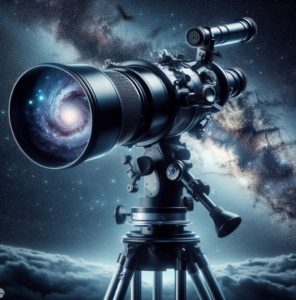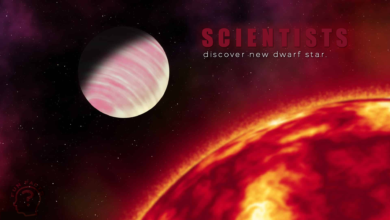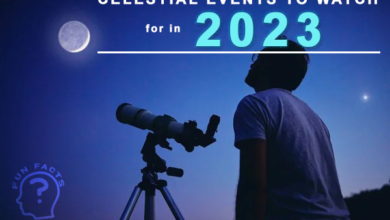Astronomy, the study of celestial objects and phenomena, has captivated humanity for millennia. From ancient civilizations gazing at the stars to modern scientists using powerful telescopes, our quest to understand the universe has led to groundbreaking discoveries and profound insights.
In this introductory guide, we’ll embark on a cosmic journey, exploring the wonders of astronomy and unraveling the mysteries of our celestial tapestry.
Unveiling the Cosmos: A Journey Through the Universe
Our universe is an awe-inspiring expanse, home to billions of galaxies, each containing billions of stars. These stars, like our own Sun, are colossal celestial furnaces, releasing immense energy that illuminates the cosmos.
Amidst these stellar giants, we find planets, some rocky like Earth, others gas giants like Jupiter. Some planets even orbit multiple stars, while others venture out into the vast interstellar space as rogue planets.
Interspersed within the galaxies are nebulae, vast clouds of gas and dust that serve as stellar nurseries. Within these nebulae, gravity pulls matter together, forming stars that ignite and illuminate their surroundings.
Stellar Evolution: The Birth, Life, and Death of Stars

Stars, like all living things, have a life cycle. They are born from nebulae, grow into adulthood, and eventually die in spectacular supernovae explosions.
The life of a star is determined by its mass. Massive stars burn brightly but live fast, exhausting their fuel in a few million years. They end their lives in a fiery explosion, leaving behind a remnant in the form of a neutron star or black hole.
Smaller stars, like our Sun, have lifespans of billions of years. They fuse hydrogen into helium in their cores, gradually increasing in brightness. In its old age, our Sun will expand into a red giant, engulfing the inner planets before shrinking into a white dwarf.
Galaxies: Islands of Stars in the Cosmic Sea
Galaxies are the grandest structures in the observable universe, each containing billions of stars, gas, and dust. They come in various shapes and sizes, from majestic spiral galaxies like our Milky Way to elliptical galaxies that resemble giant balls of stars.
Galaxies are not isolated entities; they interact and collide with each other, giving rise to bizarre shapes and triggering bursts of star formation. These galactic mergers may also play a role in the formation of supermassive black holes, which reside at the hearts of many galaxies.
The Expanding Universe: A Journey Through Time and Space

Our universe is not static; it is expanding and accelerating at an ever-increasing rate. This expansion was first discovered in the 1920s by Edwin Hubble, who observed that distant galaxies were receding from us.
The cause of this expansion remains one of the greatest mysteries in cosmology. One leading theory suggests that it is driven by a mysterious force called dark energy, which permeates the universe and accounts for about 68% of its total energy density.
The Future of Astronomy: Unveiling New Frontiers

Astronomy is a rapidly evolving field, with new discoveries being made all the time. Technological advancements are pushing the boundaries of our knowledge, allowing us to peer deeper into the universe and explore uncharted territories.
One of the most exciting frontiers in astronomy is the search for exoplanets, planets orbiting stars other than our Sun. Thousands of exoplanets have been discovered, and some are Earth-sized and potentially habitable.
Another area of active research is the study of dark matter and dark energy, the mysterious substances that make up most of the universe. Understanding these enigmatic components could revolutionize our understanding of gravity and the cosmos.
Conclusion: The Enduring Allure of Astronomy
Astronomy is a journey of wonder and discovery, a quest to unravel the grand narrative of the universe. It is a humbling reminder of our place in the cosmos and the vastness of the unknown that still lies before us.
As we continue to explore the universe, we are not only expanding our knowledge of the cosmos but also gaining a deeper understanding of our own place within it. Astronomy is a testament to the human spirit of curiosity and our insatiable desire to unlock the mysteries of the universe.




